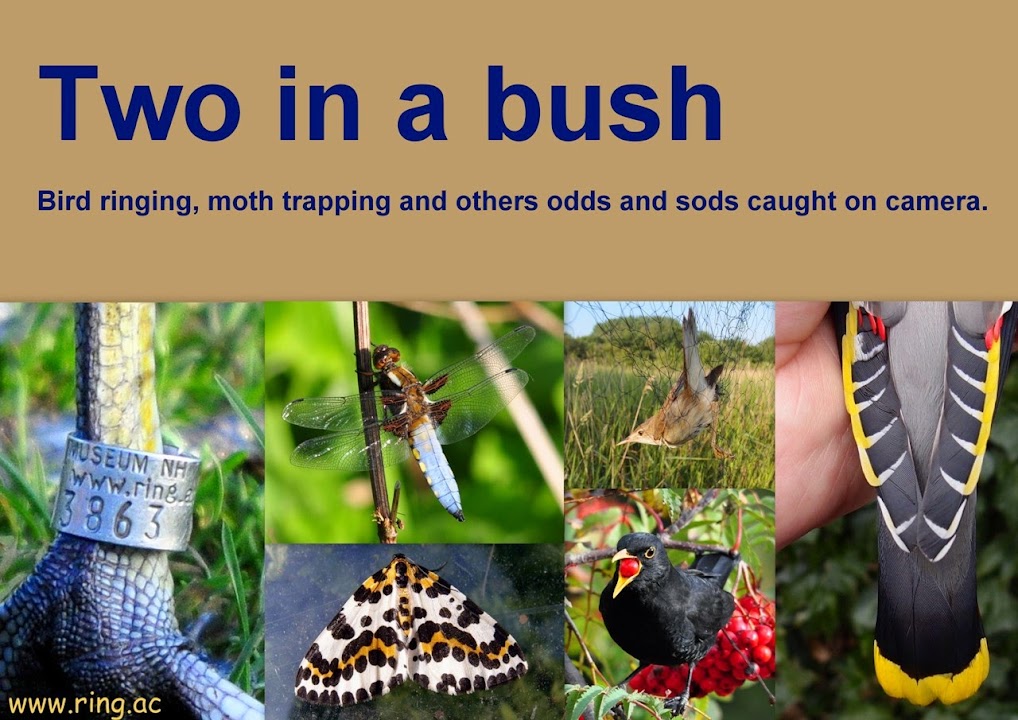I have heard Redwings overhead well before first light on numerous occasions recently and that happened again when I was loading the car to go ringing on the 12th. When I got to Crawford I heard the calls of a few more Redwings going over in the dark in the short time it took me to set up the line of two nets. Whatever the reasons are for these movements it seems to translate into more Redwings being in the area and good catches at dawn, although they are remarkably inconspicuous during rest of the day. The net result, no pun intended, was that I caught another 16 Redwings on the 12th which took the number ringed so far this month to 131. It also took the number ringed since early October past the 1100 mark and to 1110 to be precise. How long these nocturnal movements and dawn catches will continue is anybody's guess but now that I have mentioned them they will probably come to an abrupt end. I will find out soon enough as I hope to get out to Billinge and/or Crawford later this week.
 |
| This is the one thousand, one hundred and ninth (1109) Redwing ringed this autumn/winter. Yes I know it is an odd number but the light levels were too low when number 1100 came along. |
 |
| 2nd year Female Sparrowhawk. It is bigger than it looks in this photo. |
 |
| Eccentric moult in 1CY Blackbird LK6922 caught at Crawford 12/12/2016 |
 |
| Left wing of 1CY Blackbird LK25176 retrapped in the garden 22/11/2016 |
 |
| Tail of 1CY Blackbird LK25176 retrapped in the garden 22/11/2016 |
As for the cause of the change in the extent of the pj moult in some birds I would put climate change as the number one suspect but as many of the species involved are also frequent visitors to gardens the more extensive and much improved quality of food provided in gardens may also be playing a part. It is certainly an area that is ripe for research and hopefully it will become something that the BTO will take more of a lead on by encouraging ringers to record and report any examples they come across.
References:
Zieliñska M., Zieliñski P., Mokwa T. 2005. Juvenile Blackbird (Turdus merula) moulting primaries and secondaries. Ring 27, 1: 121-123.

No comments:
Post a Comment